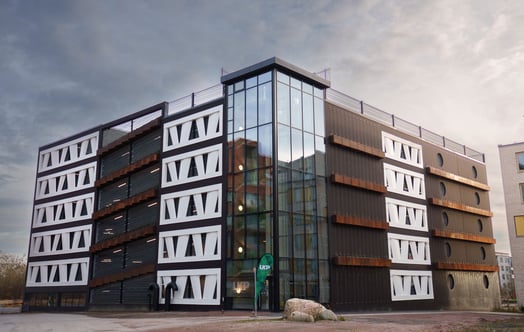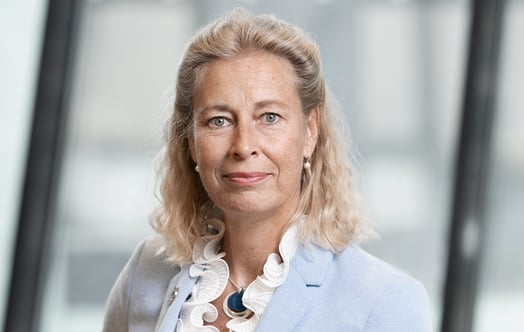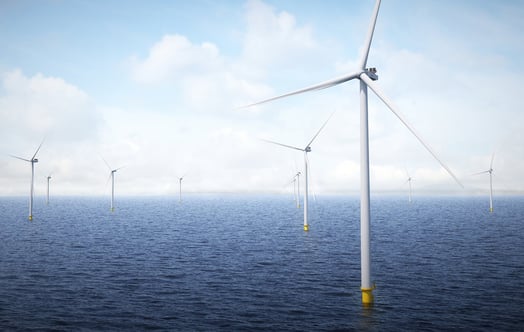
Vattenfall expands circular targets on wind turbine components
In 2021, Vattenfall committed to an immediate landfill ban and set a goal to recycle 50 per cent of all wind turbine blades from its owned farms by 2025, with a target of 100 per cent by 2030. Building on this commitment, the company is now incorporating nacelle canopies and nose cones into its strategy, enforcing an immediate ban on landfilling these materials. The expanded target is already being integrated into existing wind farm decommissioning contracts.
“Expanding our recycling target is a crucial step towards achieving a circular business by 2030,” said Eva Julius-Philipp, Director of Environment & Sustainability at Vattenfall BA Wind. “Our aim is to ensure that all decommissioned turbine composite materials are processed through circular methods – such as reuse, refurbishment repurposing, and recycling. This will prevent composite waste from ending up in landfills and instead make it available for second-life applications. By addressing this now, we avoid the risk of these materials being lost for the circular economy.”
Collaborations with various partners are already underway to refurbish, repurpose, or recycle turbine components. Notable projects include a concept study with Lloyd's Arkitektkontor in Denmark to repurpose turbine blades for use in parking structures, and a Dutch initiative to convert a nacelle into a tiny house, set to be showcased during Dutch Design Week in October. Additionally, at the Hollandse Kust Zuid offshore wind farm, three sets of recyclable blades from Siemens Gamesa are being tested, designed to simplify recycling with low carbon emissions at the end of their life cycle.
“To develop effective large-scale commercial solutions for recycling composite materials, extensive research is essential. We aim to signal to our partners our commitment to pursuing innovative collaborations. Given that wind industry composite materials represent only about 10 per cent of the total, it’s crucial that other sectors also adopt ambitious recycling goals to prevent landfill disposal,” says Helle Herk-Hansen, Vice President Environment.
In conjunction with this announcement, ECHT, regie in transitie and University of Leeds are launching the Circular Wind Guide. This guide, based on the scientific publication “A Framework and Baseline for the Integration of a Sustainable Circular Economy in Offshore Wind” by Dr. Anne Velenturf from the University of Leeds, introduces implemented circular strategies for the wind sector. Presented in Hamburg today. Vattenfall, as a proud partner, supports this initiative and hopes it will inspire others in the wind industry to develop their own sustainable solutions.
Earlier this month, the commitment to achieving 100 per cent circular outflow of permanent magnets from decommissioned wind farms by 2030 was also announced by Vattenfall.
Vattenfall at WindEnergy Hamburg
Vattenfall will present more innovative initiatives about Biodiversity and Sustainability on it’s booth of the trade fair WindEnergy Hamburg, Europe’s biggest gathering of the wind industry (Sep 24-27, Hall B6, booth 339,).



